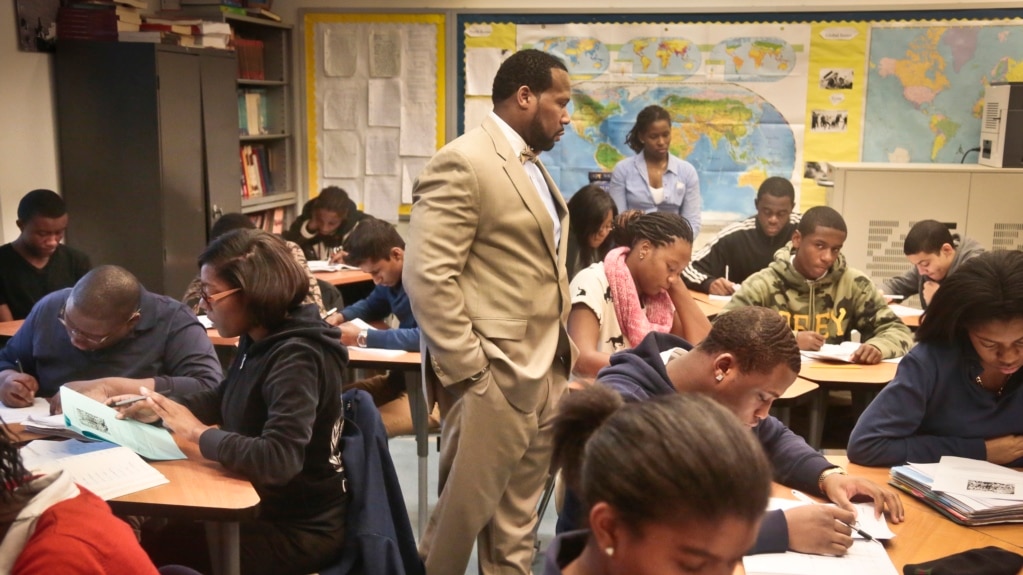A federal study of all public schools says that America’s Black and Latino students have reduced chances of success.
The data came from the Civil Rights Data Collection, which is a survey by The U.S. Education Department. It aims to examine measures of educational opportunity.
The Associated Press reported on some of the findings.
The study said Black and Latino students were less likely to be in higher-level classes and to receive teaching from certified teachers. The findings suggested effects that have a lasting influence on students’ ability to learn and finish college.
The Education Department gathered data during the 2020-2021 school year. That year most public schools were at least partially closed, and teaching took place online because of COVID-19 restrictions.
Speaking about the survey results, U.S. Education Secretary Miguel Cardona said, “…access to educational opportunity in this country remains unequal.”
The U.S. Supreme Court declared segregation in public schools unlawful nearly 70 years ago. However, information in the federal survey said Black and Latino students were more likely to attend schools with lower percentages of certified teachers.
The data also suggested that Black and Latino students are more likely to be in schools that have security guards or police officers but no counselor.
Cardona called this “appalling,” because of rising rates of mental health difficulties for young people.
The new data also showed barriers to higher level, or advanced, classes. Taking advanced classes improves a student’s chances of going to college, studies suggest. But Black and Latino students were far less likely to take such classes.
Black students represented 15 percent of all high school students, but they made up just eight percent of students in Advanced Placement (AP) science and six percent in AP math. Latino students represented 27 percent of all high school students but made up 20 percent in AP science and 19 percent in AP math classes.
Sonya Thomas is the executive director of Nashville PROPEL, an activist organization that works with minorities. She said children should have the best and the government should be accountable. “It’s so disheartening,” she added.
Catherine E. Lhamon is Assistant Secretary for Civil Rights at the Department of Education. She called differences between students in the Civil Rights Data Collection information “troubling.”
The data showed that in 5,500 public high schools where Black and Latino students make up 75 percent of all students, there were not as many math, science and computer classes as at other schools.
In 35 percent of schools with a high number of Black and Latino students, calculus was not offered. It was available at 54 percent of schools with low Black and Latino numbers.
The Education Department found that students with disabilities and those learning English also faced problems. Fewer students in both groups took math and science classes compared to all students.
The Civil Rights Data Collection is an effort by the U.S. Department of Education to gather information about American public schools. The department’s website says the survey started in 1968. It started to include all public schools in the 2009-2010 school year and is required by the government agency.
I’m Gena Bennett.

